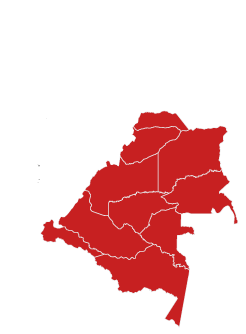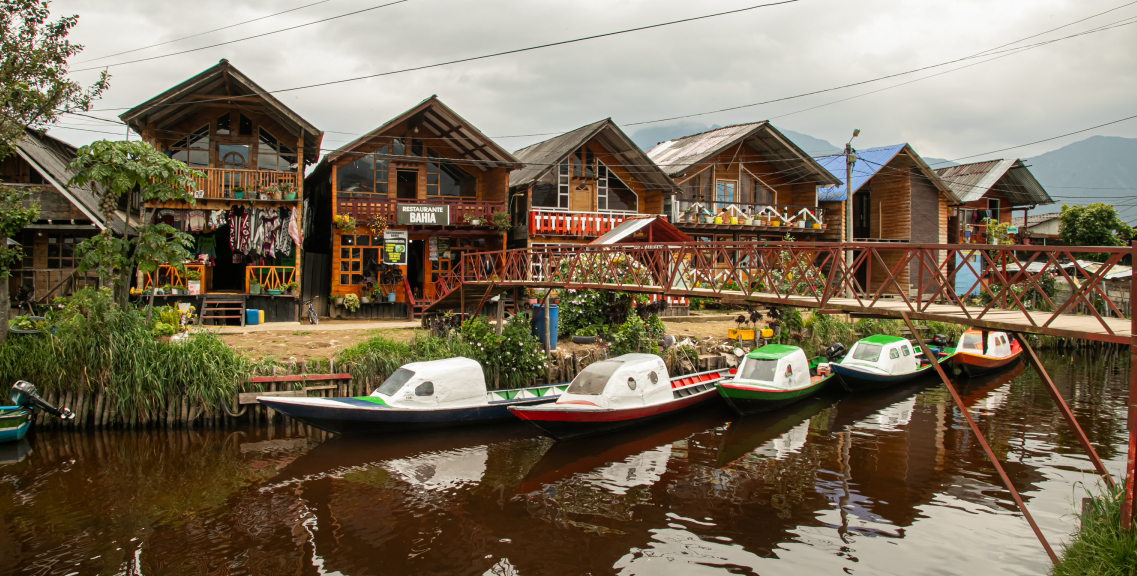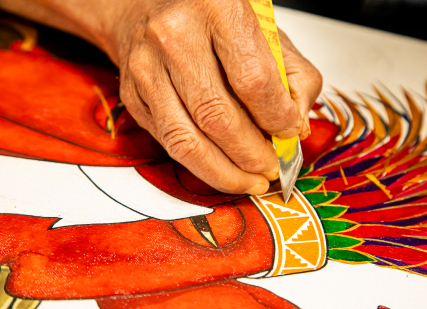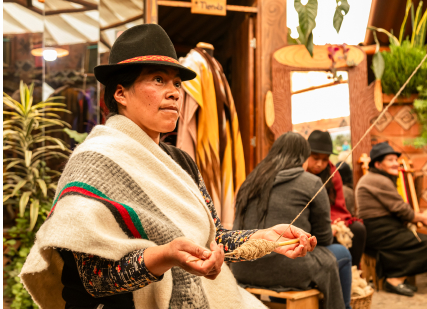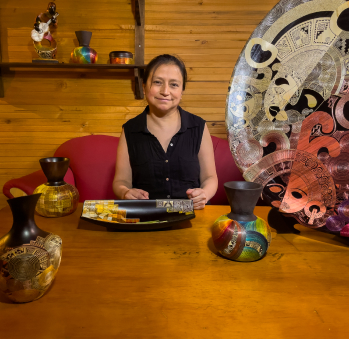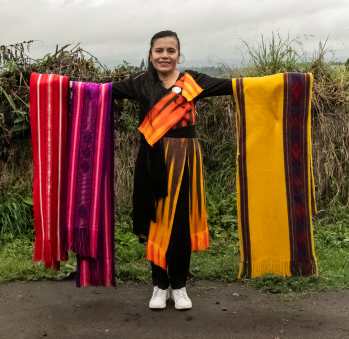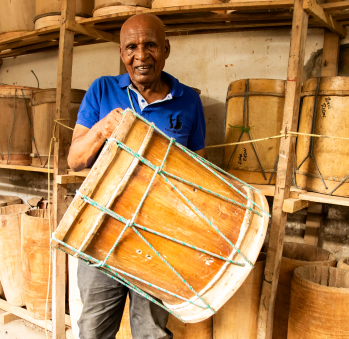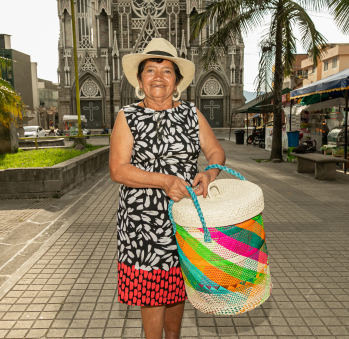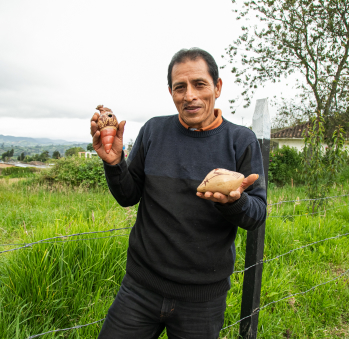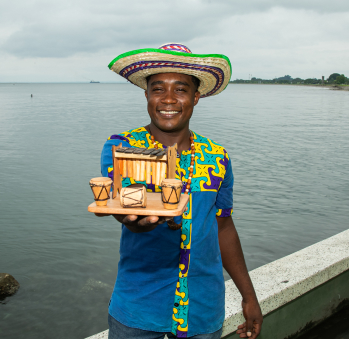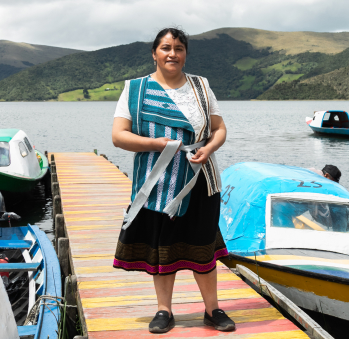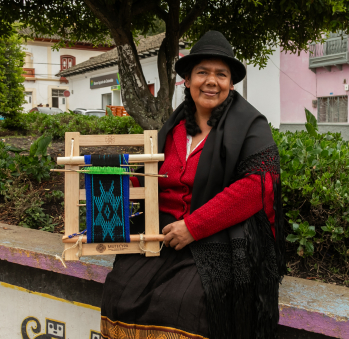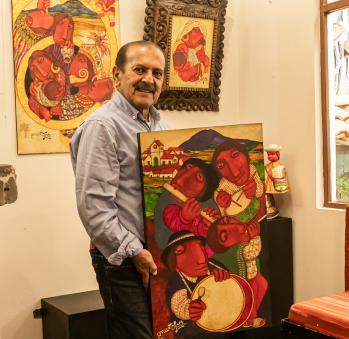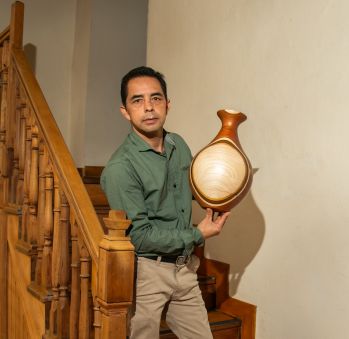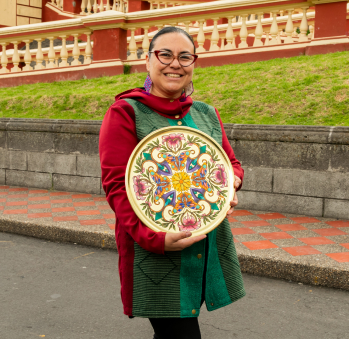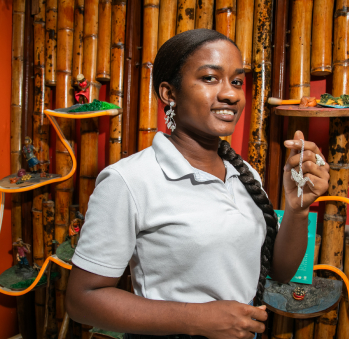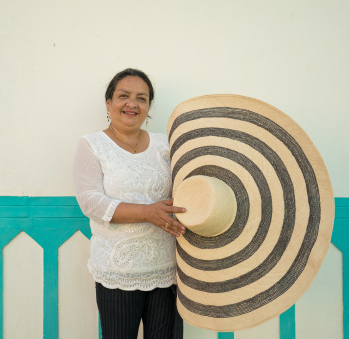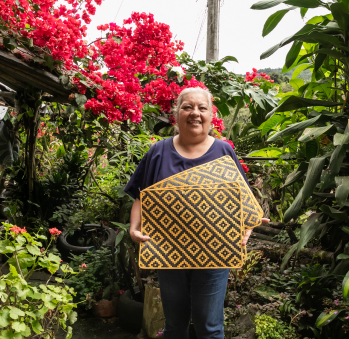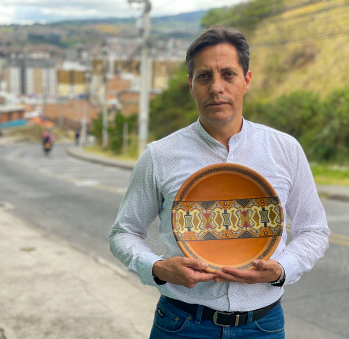Nariño Route
Nariño is perhaps one of the country’s departments with the highest number of master artisans, where traditional crafts are maintained as a family legacy that embodies pride and wisdom. Our deep-rooted interest as Nariño residents in preserving our traditions makes our department a heritage destination: starting with the Carnival of Negros y Blancos, celebrated since the late 19th century, followed by the Pasto varnish, a pre-Hispanic technique kept alive by our artisans, in addition to the music from the Pacific region and our segment of the Qhapaq Ñan in Túquerres and Ipiales, an ancient Andean road system. Amidst volcanoes and mountains, “where green is of every hue,” as the poet Aurelio Arturo once said, we invite you to delve into our rich world of craftsmanship through two routes.
On the first route, you’ll explore our capital, brimming with temples and home to the unique techniques of Pasto varnish, tamo veneering, leather embossing, wood carving, and gold leafing. This city is also known for the cuy, a herbivorous animal rich in protein that forms a part of our culture and traditions. Experiencing this city involves not only tasting it but also overcoming any initial reservations about its rodent-like appearance to savor its surprising and bold flavors. You’ll also visit Sandoná, a municipality deeply rooted in the tradition of iraca palm hat weaving. The second route winds its way through mountains, volcanoes, and forests, culminating in the Pacific just like rivers meet the sea. The diversity of landscapes here mirrors the diversity of crafts and flavors: from guanga and tetera straw weaving, pottery, and lutherie to filigree, accompanied by dishes featuring cold-climate tubers that contrast with seafood, all enjoyed with a sip of chapil.
Indulge in the natural beauty that enhances both routes. Discover La Cocha Lagoon, where you can stop for freshly caught trout near Pasto, and La Bolsa Lagoon, at the foot of the Cumbal volcano. Don’t miss the Sanctuary of Our Lady of Las Lajas when passing through Ipiales. And for nature enthusiasts, there’s Chimayoy Natural Park, the Galeras Fauna and Flora Sanctuary, and the Morar Reserve—each a marvel deserving of time for contemplation.
ARTISAN TRAILS IN Nariño
Embark on a journey full of history
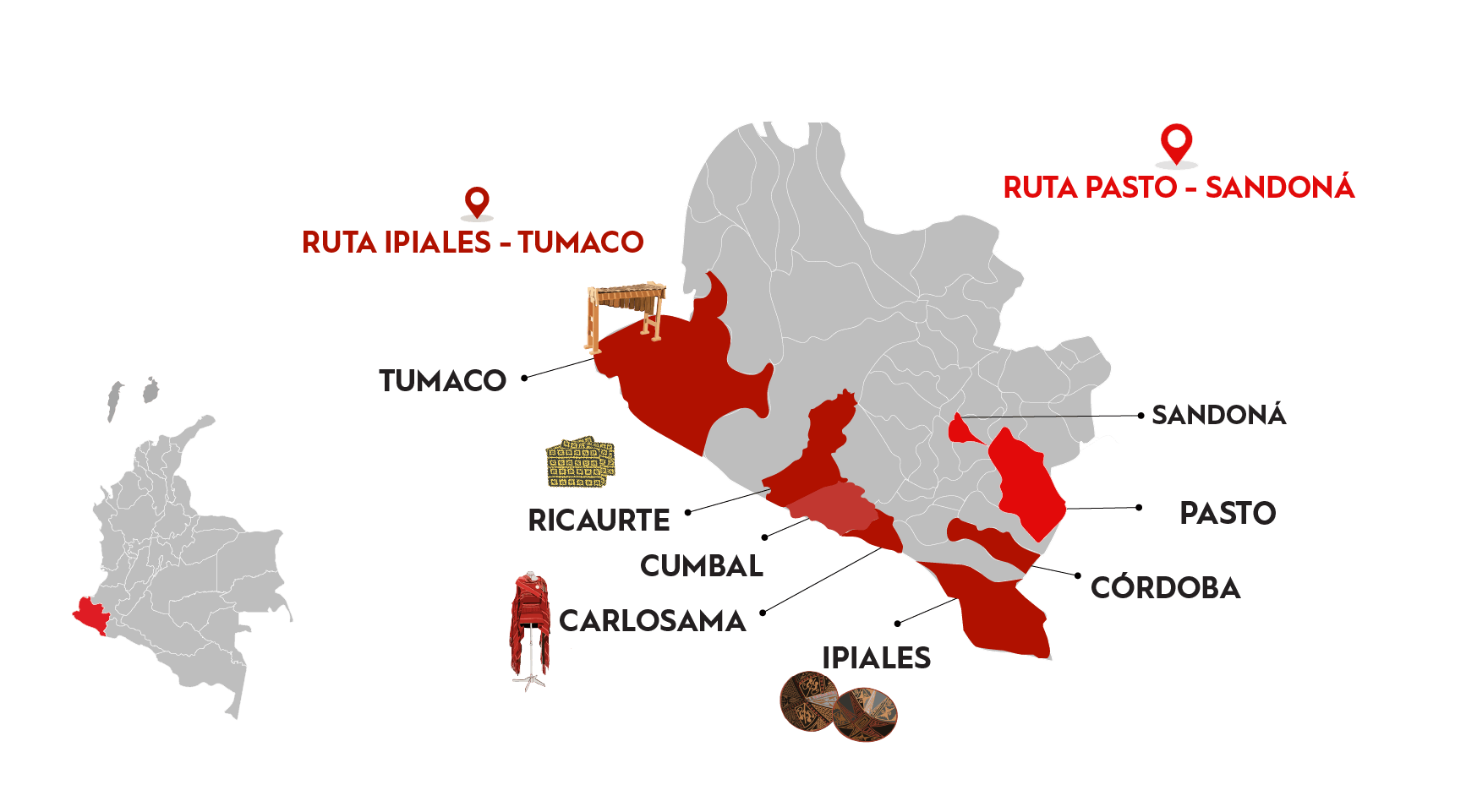

Traditional cuisine
and typical bites
Provoke yourself
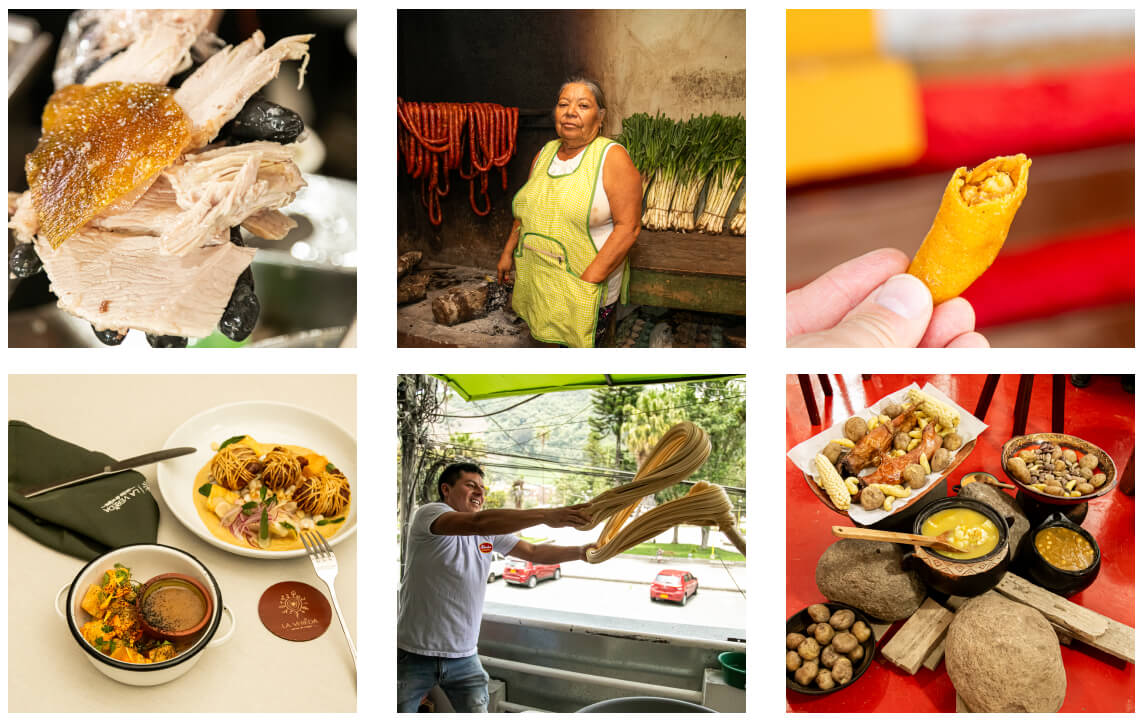
Don't leave without eating this 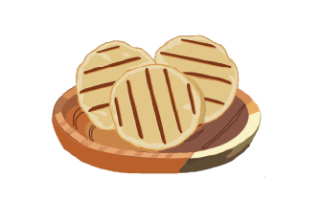
Cuy (guinea pig) is Nariño’s standout dish. This small rodent is a symbol of health, fertility and abundance. Known for its high protein content and unique flavor, cuy is typically prepared fried, stewed, or roasted on a spit. It is served with pop corn, boiled potatoes, and a local peanut sauce. You can try it at numerous restaurants in the area, including Cuyes de la 40 in San Juan de Pasto, Cuyquer, Asadero Cuyes Pinzón, Casa de los Cristales in Ipiales, and Rico Cuy in Sandoná. For an authentic experience, local artisans like Claudia Marleny Ramírez in Córdoba and Blanca Tarapués in Cumbal also offer traditional cuy dishes.
If you’re traveling from Pasto to Sandoná, be sure to try the choriza sandoneña—a smoked pork sausage seasoned with roasted peppers and spices. You can sample it at Restaurante Flor de Campo in Sandoná. Also, don’t miss pasteles de yuca—crispy fritters made with yuca dough, stuffed with cheese and dusted with sugar, available at Cafetería Doña Lolita.
To lunch we go 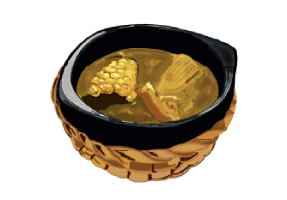
Locro pastuso: This hearty soup, a fusion of indigenous and Spanish influences, is traditionally eaten on Sundays. Made with guata potatoes, chauchas (green beans), and yellow potatoes, it is similar to ajiaco from the Cundiboyacense region, but served with crumbled cheese. You can enjoy it at Restaurante Casa Nariño along with other local treats.
Hornado: This dish is a legacy of Spanish cuisine, imitating the famous Segovian roast pig. The entire pig is marinated with achiote and onions, then slow-cooked in a wood oven for 24 hours. It is typically served with mote corn, arepas, and avocado. Try it at Restaurante La Merced or Plaza Bomboná in Pasto.
Frito: A traditional fried pork meat and ribs dish served with unpeeled pastusa potatoes boiled in water with milk, onions and garlic , roasted corn, fried plantain, and a homemade spicy sauce made with red chilis, chives and salt. You can try this at La Vereda Cocina de Origen in Pasto, where they serve it with bondiola, crispy potatoes, sweet corn, spicy sauce and pickled salad. As a dessert, they also offer Callanas arepas with goat ricotta cheese and pumpkin jam—a true treat!
Flavors to discover and snack on 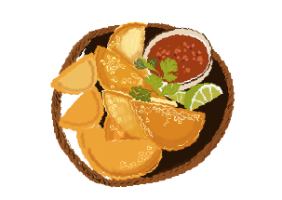
In Nariño and the surrounding regions, one traditional dish is masa de añejo—a fermented corn dough that’s been left to ferment for eight days. Once sifted and ground, it is cooked in a copper pot or clay bowl and is the base for many dishes such as empanadas, tamales, envueltos, champús (a corn-based drink), and the famous carantanta—the crispy crust that forms on top of the cooking pot.
You can try the best empanadas de masa añeja filled with meat or cuy, at Restaurante Guadalquivir in Pasto, where they are served with the traditional peanut sauce at any time.
To sweeten the palate and unmissable drinks 
Milk almonds: A delicate milk-based candy shaped like almonds and dusted with cinnamon. You can find it in Dulces San Juan in Pasto.
Quimbolitos: Steamed corn cakes made with corn flour, eggs, cheese, butter, sugar, and raisins, wrapped in achira leaves. You can enjoy this esponjosa delicacy at Café Las Tablas and Taller de Amasijos in Pasto.
Helado de Paila: This product has been handcrafted for decades. Ice cream made with fruit juices and milk, traditionally prepared in a copper pan, sppining it over ice (mixed with sea salt), which many years ago was brought from the Cumbal nevado. The best places to try this artisanal treat are Heladería Santiago, La Morenita, Helados de paila Artesanales, and La Ñapanguita in Pasto, and Heladería 20 de Julio in Ipiales. Try the popular blackberry and vanilla falvors!
Peanut Melcochas: These are panela honey candies, stretched by hand until they turn white and, shaped into long strips, they are often mixed with peanuts. Traditional treat from the sugar-producing region of Sandoná, you’ll find several stands selling this sweet, along with a frothy, honey-flavored drink called Ponche de Leche, in Sandoná’s main park.
Sweets made from chilacuán or papayuela, pumpkin, pineapple, guava, and cider (yota squash): These are all typical sweets from Nariño. The fruits are cooked with sugar and spices like cinnamon and cloves. They are very pleasant to taste and are often served with fresh cheese. You can enjoy them with artisan Blanca Alicia Tarapués in Cumbal or at the El Potrerillo Market in Pasto.
Champús with masa de añejo: A refreshing traditional drink made from blended fermented corn dough and sweetened with panela. Cooked with dices of pineapple or lulo and tender mote corn kernels. You’ll find other traditional drinks such as vinete, mistelas and sabajón.
Chupones de Juanito: Crushed ice topped with syrups and lemon juice, a popular treat found at Juanito’s stand in Plaza de Bolívar, Pasto.
Black Coffee: Nariño coffee, recognized for its Denomination of Origin, is smooth and flavorful, thanks to the region’s volcanic, mountainous soil where. It is typically served black, without milk. Visit Caffeto, El Café de la Catedral, or Obraje Café Especial, winner of an award to the best cup of coffee in 2021, in Pasto for a great cup of Nariño coffee paired with baked goods such as alfajores or cornbread.
Other local delights 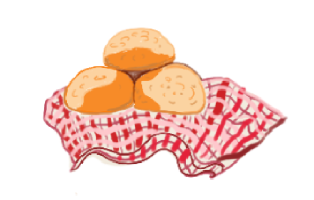
Sancocho pastuso: A regional variation of the popular Colombian stew, made with ollocos (long pink, lilac or pale yellow Andean tubers, also known as hibias) and tender fava beans, which thicken the soup.
Juanesca: A traditional Easter soup made with squash, potatoes, ollocos, beans, corn, peas, and peanuts, served with dried fish previously salted, battered with flour and egg, and fried, and garnished with a boiled egg. In Pasto, you can find this dish at Restaurante La Merced, Casa Nariño, and La Vereda.
Poliada: There are two versions of this dish known for its exquisite taste. It can be made with choclo or sarazo corn. The corn is ground and sieved, the cooked in a beef broth with slices of pastusa potatoes which add starch to the soup as it cooks and thickens. The first variation is served with fried chorizo and the later with tender corn kernels and fresh crumbled cheese. You can taste it at Casa Nariño in Pasto.
Añejo tamales: Specially made for Christmass, they can now be found roudn the year. These are made with the traditional masa de maíz añejo and filled with a savory mix of pork, chicken, beef, carrots, potatoes, a queartes of a boiled egg and chickpeas, all spread with peanut sauce. They are wrapped in sachapanga or anturio leaves and steamed for 30 minutes. Enjoy them at Restaurante Guadalquivir in Pasto.
Route acknowledgement
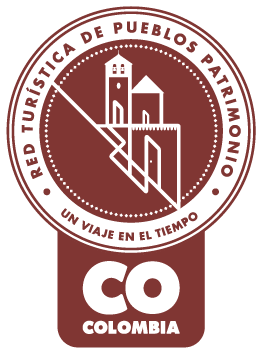
Pueblo Patrimonio
La Red Turística de Pueblos Patrimonio de Colombia es un programa especial del Ministerio de Comercio, Industria y Turismo, ejecutado por FONTUR, que trabaja con 17 municipios de Colombia que poseen declaratoria de Bien de Interés Cultural (BIC) a nivel nacional para su valoración y proyección mediante el turismo, generando así más oportunidades de desarrollo y sostenibilidad en las comunidades.

La Medalla a la Maestría Artesanal es un galardón que Artesanías de Colombia entrega anualmente, con el cual se hace un reconocimiento a aquellos artesanos, empresas y comunidades artesanales que, contando con una trayectoria destacada, sobresalen a nivel nacional por su excelencia en el oficio así como por preservar el quehacer artesanal.

Denominación de Origen
Es un signo distintivo que identifica productos reconocidos o famosos por tener una calidad o características específicas derivadas esencialmente del lugar de origen y la forma tradicional de extracción, elaboración y producción por parte de sus habitantes. La protección conferida sobre una Denominación de Origen implica que ninguna persona puede identificar con la denominación protegida productos iguales o similares a los amparados, cuando no provengan del verdadero lugar y no cumplan con las características o calidades que le han dado la reputación al producto reconocido. Las Denominaciones de Origen para productos artesanales colombianos que han sido protegidas por la Superintendencia de Industria y Comercio en nuestro país son actualmente 12.
No puede copiar contenido de esta página


